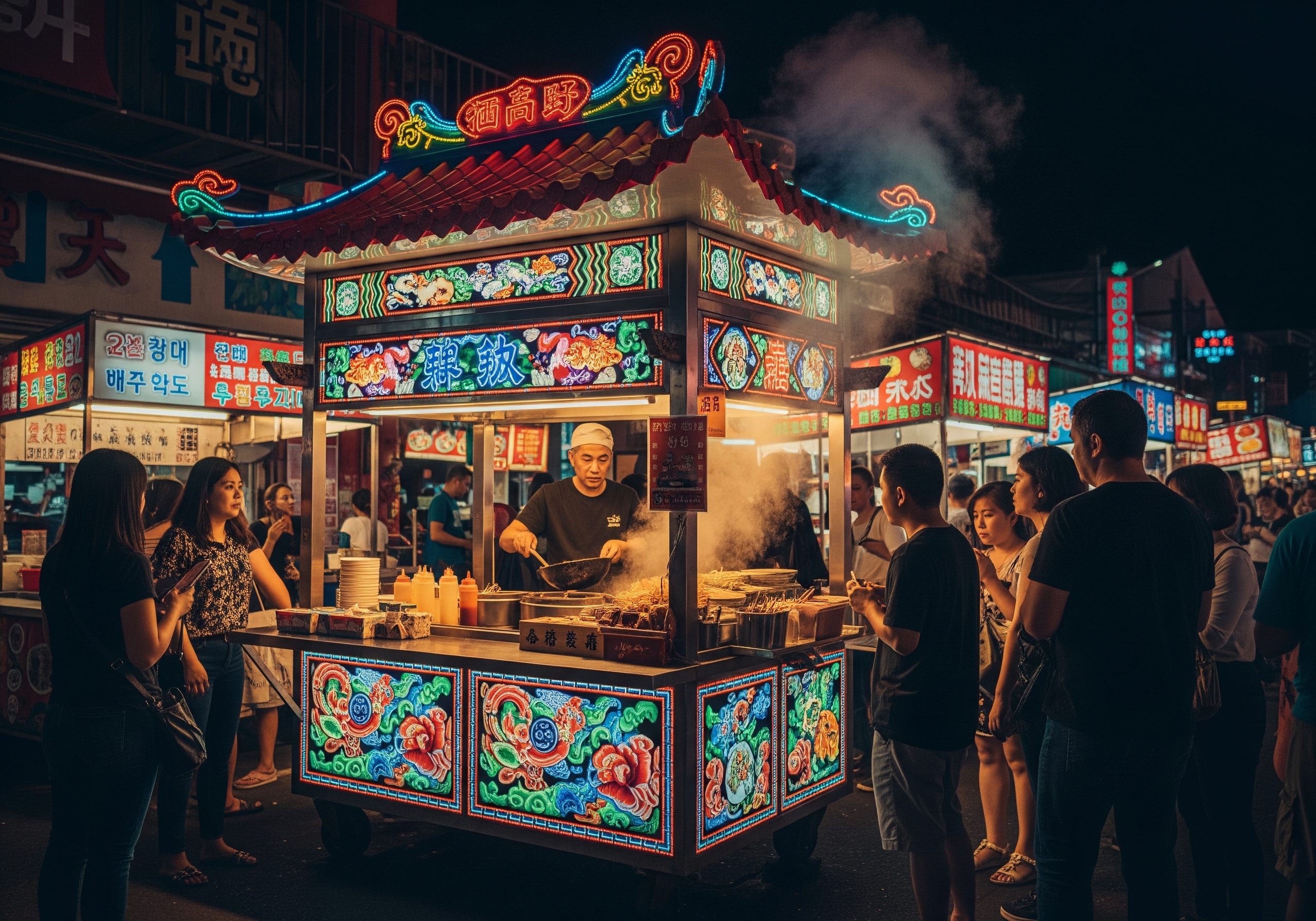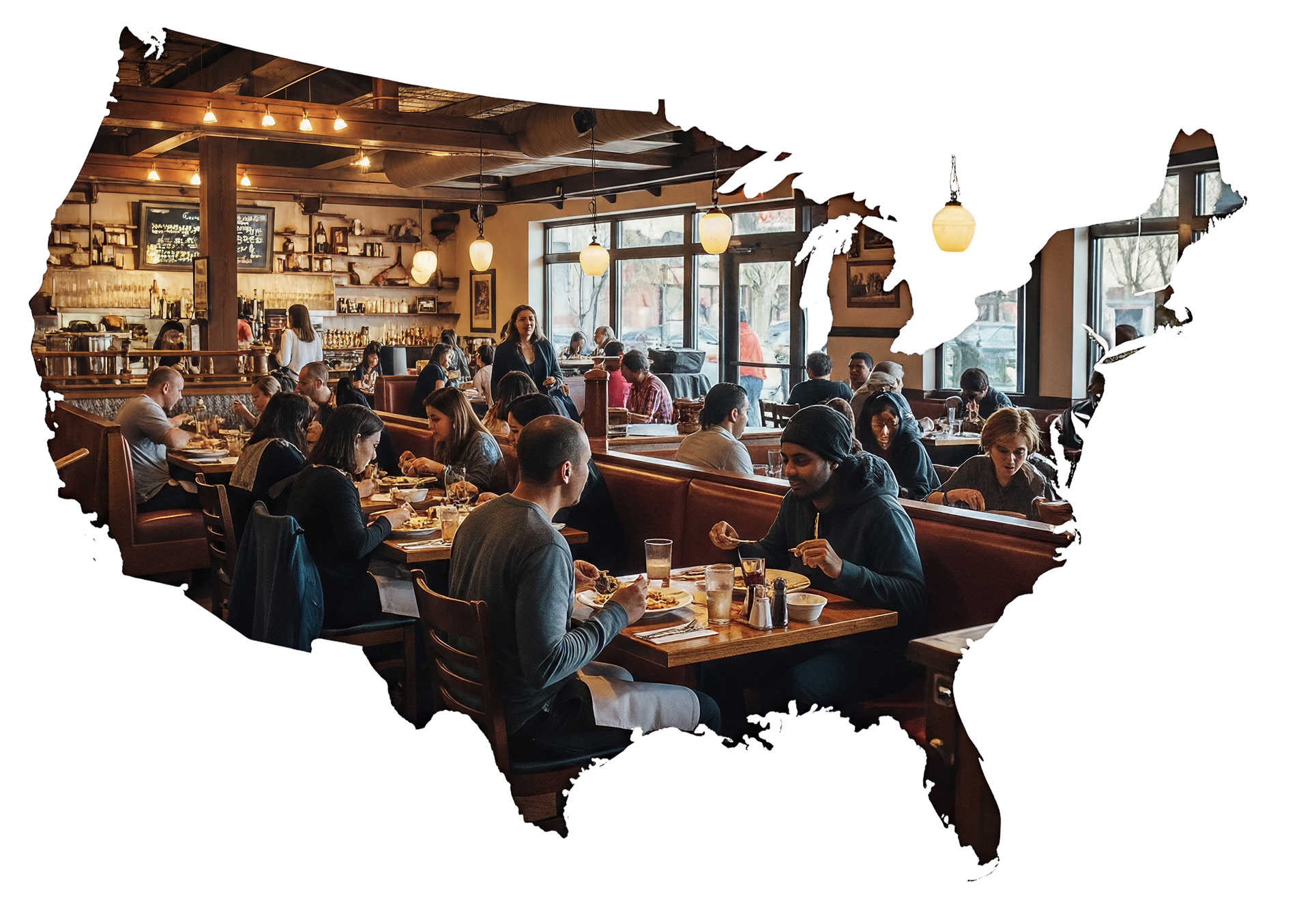Street Food Couture: Turning Street Eats into Gourmet Gold

Street food has long been a cornerstone of local culinary culture—bold, satisfying, affordable. But today, a global trend is reshaping how we see these humble dishes. Welcome to street food couture: a worldwide movement where street staples are reinterpreted through a gourmet lens. From open-air stalls with Michelin stars to food trucks run by celebrity chefs, this trend is blurring the line between fine dining and curbside fare.
What Is Street Food Couture?
Street food couture doesn’t simply mean making street food more expensive. It’s about elevating beloved street dishes—tacos, noodles, satay, burgers—through precise technique, premium ingredients, and innovative presentation, while preserving the dish’s soul. The goal: deliver authenticity with finesse.
Diners today crave experience, quality, and storytelling. In a world shaped by global palates, social media virality, and post-pandemic pragmatism, street food couture is the answer. It allows chefs to showcase creativity without alienating price-sensitive or experience-driven guests.
Why Now?
Several key forces are accelerating this trend:
- Gen Z preferences: This cohort prioritizes value-for-money, authenticity, and shareable moments. Street food couture delivers on all fronts.
- Social media: Instagram and TikTok amplify photogenic, flavor-packed dishes. A $2 Michelin-starred dim sum gets as much attention as a $300 tasting menu.
- Economic pressures: With inflation squeezing diners and operators alike, there’s a move toward high-impact, low-cost formats.
- Global influence: From Korean corndogs to Filipino ube desserts, global street food is gaining visibility—and prestige.
Asia: Ground Zero of Gourmet Street Food
Singapore, Hong Kong & Bangkok: Hawker to Haute
Singapore’s Hawker Chan, famed for his S$2 soy sauce chicken, became the world’s first Michelin-starred street food vendor. It’s not just price that amazed critics—it’s execution. Michelin praised the quality, consistency, and soul of the dish, proving that fine dining standards can apply in a plastic-chair setting.
In Hong Kong, Tim Ho Wan’s story mirrors the same ethos. Founded by a former luxury hotel chef, its Mong Kok branch earned a Michelin star serving dim sum under $3. Their famed BBQ pork buns and rice noodle rolls maintain Cantonese tradition while achieving culinary precision. Tim Ho Wan’s expansion to Singapore, New York, and Australia proves the global appeal of elevated everyday food.
Bangkok’s Jay Fai is another icon. Her open-air shophouse earned a Michelin star for fiery crab omelets cooked on charcoal braziers. She wears ski goggles, serves on melamine, and draws hours-long queues. At ~USD $30 per plate, her food is street food in setting, luxury in flavor.
These icons show one thing: diners will queue for a dish that hits nostalgia, authenticity, and quality—all at once.
Vietnam, Philippines, and Southeast Asia: Street Classics Reimagined
In Ho Chi Minh City, chef Peter Cuong Franklin grabbed headlines for his $100 bánh mì—infused with truffle mayo and caviar. It wasn’t a stunt—it was a statement. Served in a traditional wet market, it honored Vietnam’s street food legacy while reintroducing it as luxury.
In the Philippines, street staples like sisig, inasal, and banana cue are finding their way into fine-dining menus. Filipino-American chefs in LA, Sydney, and Toronto are drawing inspiration from Manila’s carinderias and turning local memories into high-concept dishes. Ube, calamansi, and adobo are now luxury ingredients.
In Malaysia and Indonesia, nasi lemak, martabak, and satay are reappearing in hip bistros—elevated in plating, sourced with organic ingredients, and executed with technique. Restaurants often collaborate with hawkers to maintain integrity.
Mainland China, Taiwan & Japan: Experience + Nostalgia
In China, the street food vibe—烟火气 (yan huo qi)—is now an interior design principle. Upscale venues recreate the sizzling chaos of outdoor markets with tight seating, open kitchens, and grill counters. Dishes like roujiamo and chuan’r are plated on stoneware, enhanced with premium meats, yet retain their smoky punch.
Taiwan’s izakaya-inspired bistros are serving gua bao with wagyu, oyster omelets in cast-iron skillets, and bubble tea as cocktail-bar creations. Dessert cafés are offering shaved ice with champagne mango and edible gold. All rooted in the island’s legendary night market DNA.
Japan arguably invented street food couture. Sushi, once Edo-era street fare, now headlines omakase temples. Today, we see Michelin-starred takoyaki chefs, $300 yakitori tasting menus, and ramen shops that require reservations. Their philosophy? Mastery elevates all.
Global Boom: From Europe to the US and Australia
Europe: Michelin Stars, Food Trucks, and Mono-Product Mastery
In France, Anne-Sophie Pic’s food truck and gourmet crêperies in Paris mark a shift. “Street food a toute sa place auprès de la cuisine d’excellence,” said a French culinary institute—street food deserves a seat next to haute cuisine. Meanwhile, Spain’s Michelin chefs are launching upscale sandwich bars and burger joints with foie gras and local gin pairings.
US: Roy Choi’s Legacy and the Rise of Gourmet Food Trucks
Chef Roy Choi’s Kogi BBQ taco truck revolutionized American food culture. Korean-Mexican tacos, crafted with fine-dining skill and bold flavors, sparked a nationwide gourmet food truck boom. Now, food halls and pop-ups across the U.S. feature truffle fries, lobster rolls, and fusion tacos crafted with chef precision.
Fine dining chefs often moonlight in these formats—testing dishes, expanding reach, and embracing creative freedom.
Australia & New Zealand: Multicultural Menus, Local Produce
In Sydney and Melbourne, food halls serve up Filipino lechon, Thai grilled pork skewers, and Vietnamese bánh xèo—all in industrial-chic spaces. Street food meets craft beer and curated playlists. Filipino ingredients like adobo and ube are now regulars on bistro menus, adapted for a new generation but staying true to their street roots.
How to Ride the Street Food Couture Wave
1. Pick Your Signature
Find one iconic street dish and own it. Don’t overcomplicate—perfect it.
2. Use Premium Ingredients
Swap commodity proteins for wagyu, heritage pork, or organic veg. The soul remains, but the quality rises.
3. Keep the Story, Keep the Soul
Tell your dish’s origin. Keep some informal elements—metal trays, counter seating, or even plastic stools.
4. Create Affordable Luxury
Offer gourmet in snackable sizes. A $12 gourmet taco is more attractive than a $30 entrée.
5. Design for Experience
Use open kitchens, music, visuals, and storytelling to emulate that street vibe—refined but relaxed.
6. Focus and Rotate
Street vendors win with a tight menu. Keep yours small but excellent. Rotate specials to test demand.
7. Leverage Instagram
Street food is visual. Plate for the camera. Create side-by-side posts (classic vs. couture). Share your process.
At Bistrochat, we help restaurants manage the guest journey—from online bookings to loyalty, reviews, and vouchers. Whether you’re adding a luxe taco night or launching a street-food-inspired concept, we’ll make sure your seats are full and your guests come back hungry for more.
Thinking of adding gourmet street food to your menu? Book a demo with us today and see how Bistrochat can help you turn every seat into a revenue engine.



